Normally I’m fending off ideas for blog posts. This last couple of weeks I’ve been wading through a soup of Awards Entries which take yonks to write, especially when they limit you to writing your life story in 250 words. Bit of an exaggeration but those of you who have to do that sort of thing will know what I mean.
So I’ve looked up, drawn breath and thought what do I want to write about. There’s the massive DDoS attack against CloudFlare that was in all the news earlier in the week. “Internet grinds to a halt” – that kind of thing. It didn’t affect us.
Then there was the cable cutting by Egyptian insurgents, demonstrators, rebels, whatever they were. Didn’t affect us though I know one or two people with operations in the Middle East and lots of traffic to Pakistan that were affected. Not us though like I said.
I note today the Register talking about how capital expenditure by network operators is very rarely recovered. I guess that doesn’t apply in our case as we are not just a bits shifter. We are into added value services that generate good gross margin. We are in this game to make money.
If you’re not in the trade you might not have noticed the Ofcom consultation on Narrowband Markets which closed on Tuesday. Amongst it’s various nuggets the Ofcom proposals contain suggestions like “if you get your line rental from BT then they would also be able to compel you to get your minutes from them as well”. Not good really and I’m to sure that is what Ofcom wanted to say but that is how it came out on paper. Timico responded through ITSPA, that fine Trade Association that looks after everyone’s interests in the Internet Telephony space – that’s yours and mine if you but knew it. I thought about a specific blog post on the subject but no, too tedious! Yawn…
Yesterday’s news was the 40th anniversary of the mobile phone. In those days it was the size of a phone box but, hey, you could stick it in your boot (trunk) and drive it around. That was yesterday’s news. This blog ain’t a retrospective. It’s progressive and funky. Move on.
Today all the broadsheet tech pages, at least the currently free to access ones such as the Grauniad and Torygraph, are talking about the leaks of info about the forthcoming Facebook phone – poetic license intended – more here. It might interest some people but not me. I don’t trust Facebook though I do use it to keep in touch with the kids and have to admit to having two Facebook Pages of my own (here and here). One assumes btw that with modern spellcheckers they never get the Guardian spelling wrong these days, unless they use an American dictionary maybe. Whilst claiming immunity to nostalgia there are still some things worth gazing back wistfully over your shoulders. The Grauniad spelling is one.
I’m a bit of a mixed up kid when it comes to these social media platforms and online privacy. On the one hand I complain about it and say I don’t trust any of them. On the other hand I still carry on using them all in one form or another. It’s unavoidable unless I just take an allotment and spend all my time growing carrots (or peas, beans and spuds – that kind of stuff anyway. Not sprouts as I’m not very fond of them and as for broccoli!!!). #isnotgonnahappen!
Anyway I can’t think of anything to write about today so I’m going to give it a miss. Feel free to post some ideas as comments. If nobody does I’ll take it as an endorsement of my own inactivity and assume that you are either still in Tenerife catching some rays, or skiing in Bognor Regis, WL.
Catch ya later 🙂

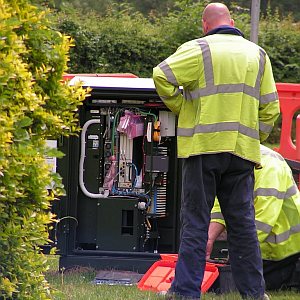
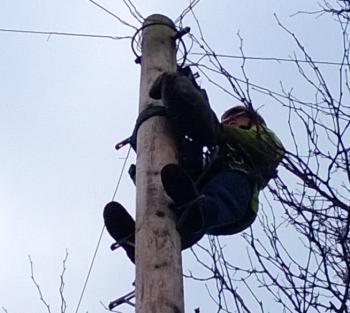



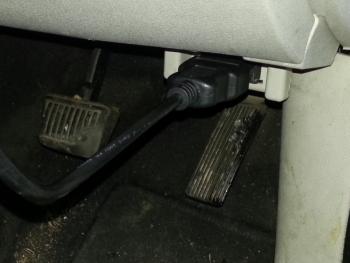
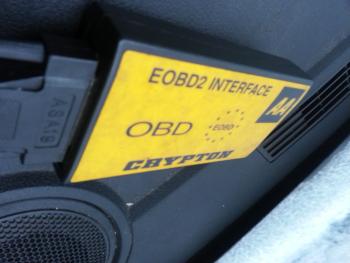
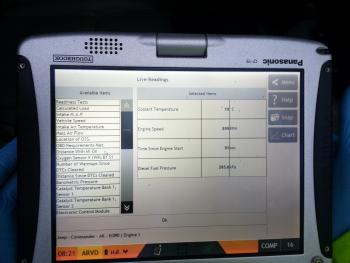




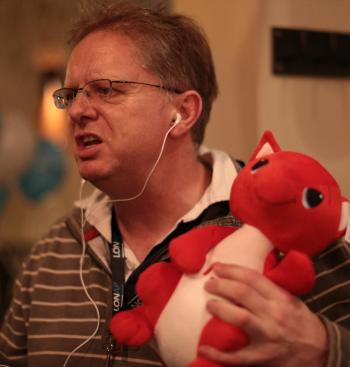

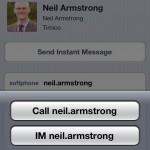







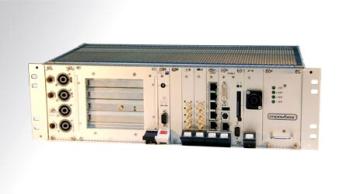



 figured out its ideal set up yet. It currently assumes it is the main phone you want to use when dialing out but I have a number of clients I play with on my handset and I don’t want it to be the main one. I have to switch the 3CX off for normal operation of other phones. It might just be a question of me needing to play with the Galaxy S3 more.
figured out its ideal set up yet. It currently assumes it is the main phone you want to use when dialing out but I have a number of clients I play with on my handset and I don’t want it to be the main one. I have to switch the 3CX off for normal operation of other phones. It might just be a question of me needing to play with the Galaxy S3 more.



